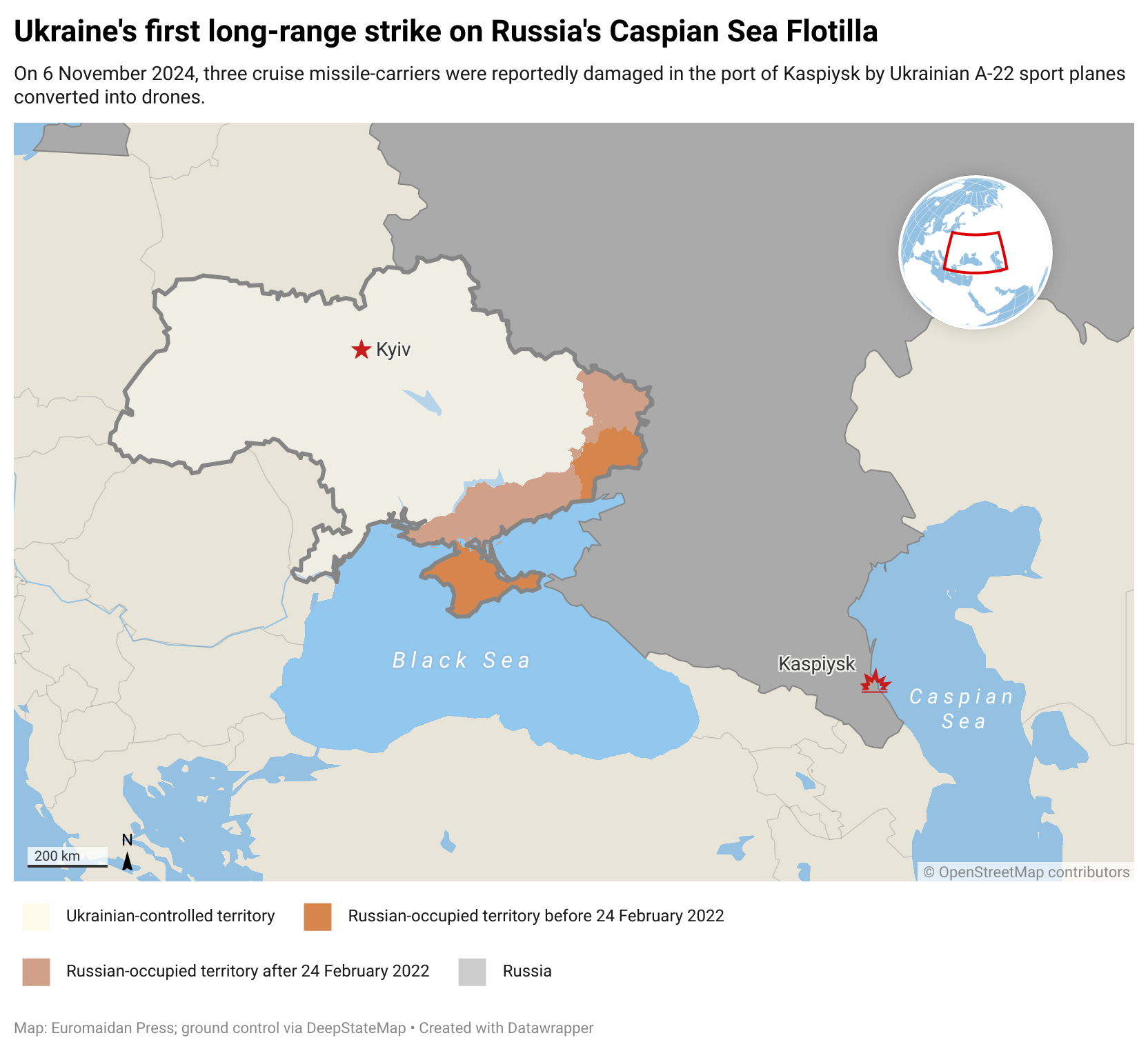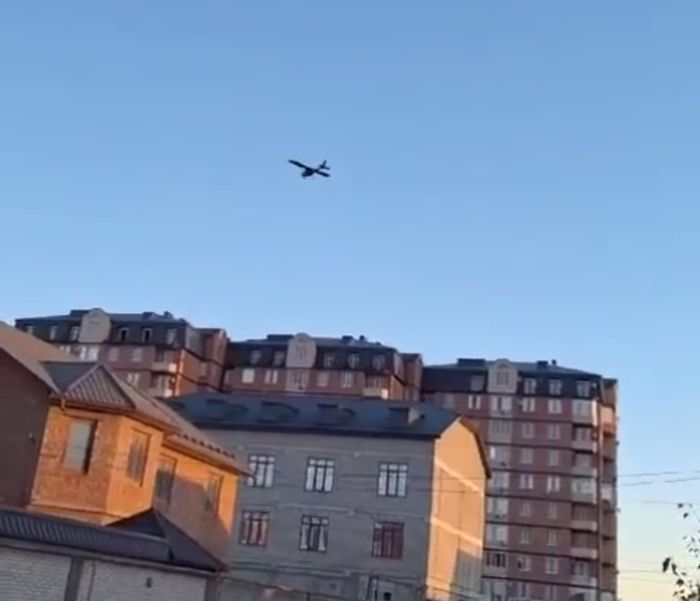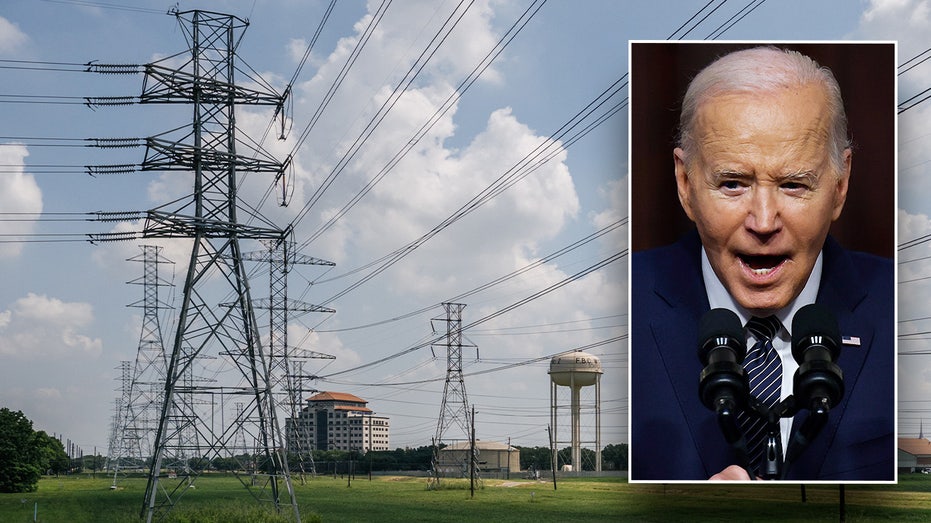The logic of Ukraine’s first strike on Russia’s Caspian Sea Flotilla
A Ukrainian strike on Russian naval assets demonstrates the country's increasing ability to develop domestic long-range attack capabilities amid Western restrictions.


Ukraine has successfully adapted its domestically produced A-22 sport planes into unmanned aerial vehicles, with strike capabilities reaching up to 1300 km (800 miles) inside Russia. This transformation showcases Ukraine’s growing expertise in developing long-range drones.
On 6 November 2024, Ukrainian forces successfully struck three Russian warships at a Caspian Sea naval base in Kaspiysk, Dagestan, approximately 1000 km (700 miles) from the Ukrainian front line, using a modified Aeroprakt A-22 sport plane converted into a drone.

Why strike ships so far from the frontline?
BBC Ukraine reports, the Ukrainian GUR claimed that the strike damaged “at least two objects.” The objects may be the Gepard-class frigates “Tatarstan” and “Dagestan,” or perhaps a Buyan-M corvette. If all three ships were damaged, this could potentially affect up to one-third of Russia’s Caspian Fleet’s missile-launching capacity, according to Anton Gerashchenko, a former advisor to Ukraine’s interior ministry.
Although Russia’s Black Sea Fleet launched most of the seaborne missiles in Russia’s missile attacks on Ukraine, Russia’s Caspian flotilla also has vessels capable of launching cruise missiles against Ukraine. According to the Eurasian Research Institute, there are ten such vessels in the Caspian Sea.
Particularly, the Project 11661 Gepard and Project 21-631 Buyan-M vessels are capable of firing the infamous Kalibr cruise missile. According to Militarnyi, the Buyan-M class corvettes each carry eight Kalibr cruise missiles. Likewise, according to Rosboronexport, the Gepard-class frigates carry eight missiles. Depending on the damage, Ukraine may have significantly weakened the Russian Caspian Flotilla.
According to military expert writing for BBC Ukraine, Pavel Aksonov, the Caspian Sea Flotilla could have been chosen for a drone strike as part of Ukraine’s tactic in which objects not only in different locations but of different types are targeted. While most of Ukraine’s drone strikes previously focused on oil refineries and military production sites, a strike on 22 October hit distilleries in multiple Russian regions. An army representative told BBC then that these objects were least protected by air defense and electronic warfare, while the classical targets became more difficult to strike, suggesting that Russian commanders had adapted to Ukraine’s ongoing drone attacks.
Therefore, the strike could be interpreted as probing the air defenses of the military base. As a side effect, the Russian military commanders might be compelled to reinforce the air defenses of Kaspiysk, potentially weakening Russia’s air defense presence at the Ukrainian frontline.

Sophisticated air defense systems seem to be absent in footage geolocated to a neighborhood of Kaspiysk by GeoConfirmed associate, Dominik. Residents of Kaspiysk shared photos and videos on Telegram via Russian milblogger, Baza, of Ukrainian A-22 long-range drones flying over the port city with small-arms fire targeting the drones, one of which exploded mid-air.
Ukraine’s DIY drones soar past Western-imposed range barriers
Amid Western restrictions on long-range strikes, Ukraine looks to its own domestic production for solutions. The Ukrainian makeshift drone balances affordability with effectiveness.
Although only reaching speeds of 200 km/h (126 mph), the A-22 carries a considerable explosive payload that comes at the affordable price of around $90,000, according to Forbes. Computer-controlled servos, which monitor and manipulate the A-22’s flight controls in real-time, operate the unmanned flight characteristics, making the drone not as vulnerable to electronic warfare countermeasures.
Ukraine’s drone industry continues to expand, with the recent development of the Palianytsia “rocket drone,” capable of striking targets at distances up to 640 km (400 miles).
This development of domestic strike capabilities has become vital amid the restrictions of Ukraine’s Western partners on long-range strikes on Russian territory with western weapons.
The Biden Administration has restricted Ukraine’s use of Western-supplied long-range weapons like Storm Shadow/SCALP-EG cruise missiles, while European nations such as Germany hesitate to provide Taurus systems. Missiles with such capabilities can strike deep into Russian territory, hitting oil infrastructure, ammunition depots, and military installations, and, possibly the Kerch Bridge connecting occupied Crimea with Russia.
The Storm Shadow/SCALP-EG is a British-French jointly developed air-launched cruise missile with a range in excess of 250 km (150 miles), according to MBDA Systems. The Taurus is a German-Swedish designed cruise missile with a range of 500 km (300 miles), according to Taurus Systems.
Financial Times reported that both systems cost $1.4-1.7 mn. The Ukrainian A-22 drone shows that while it can not outrun a cruise missile, it can beat their reach and cost.
Related:
- Drones strike Russian Caspian fleet base Dagestan for the first time
- Lithuania allocates EUR 10 million for the production of the Ukrainian “Palianytsia” jet drones to facilitate attacks on Russian territory
- Airfield assassin: Ukraine’s Palianytsia drone threatens Russian rear
- Ukraine needs long-range weapons, permission to hit targets deep inside Russia, Zelenskyy says at Ramstein
- Kirby says US upholds ATACMS missile restrictions for Ukraine, claiming 90% Russian aircraft beyond range
- Scholz: No immediate NATO invitation for Ukraine during wartime, supplying Tauruses “wrong”



